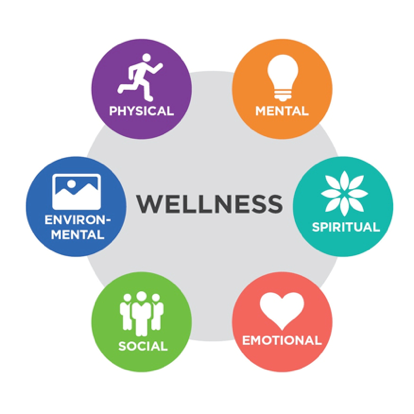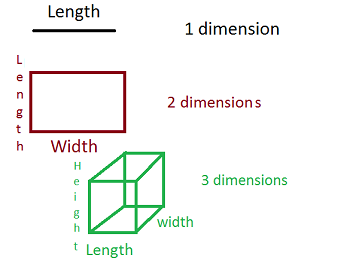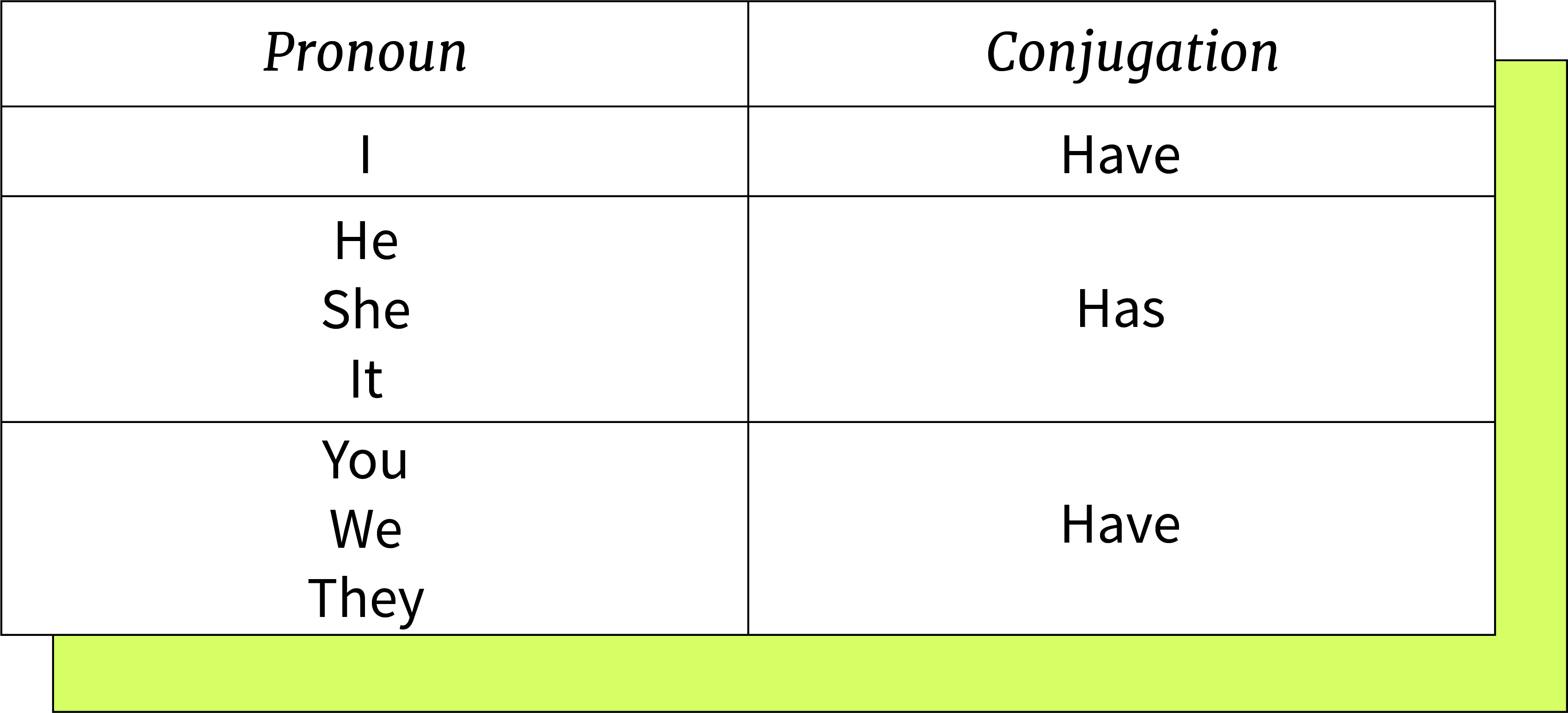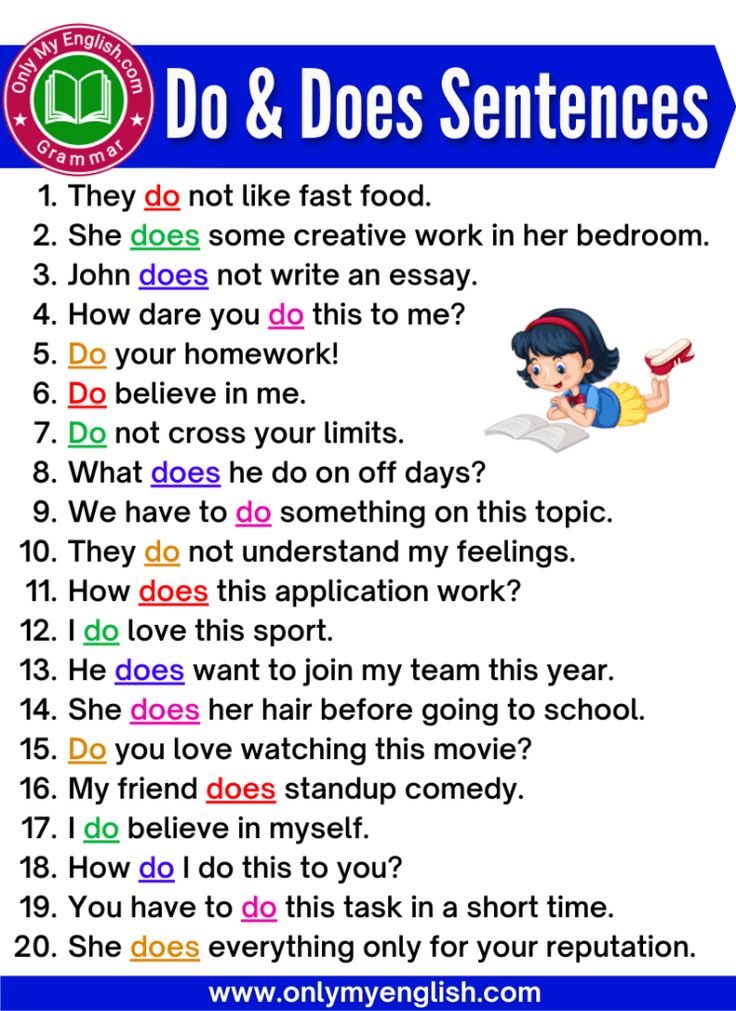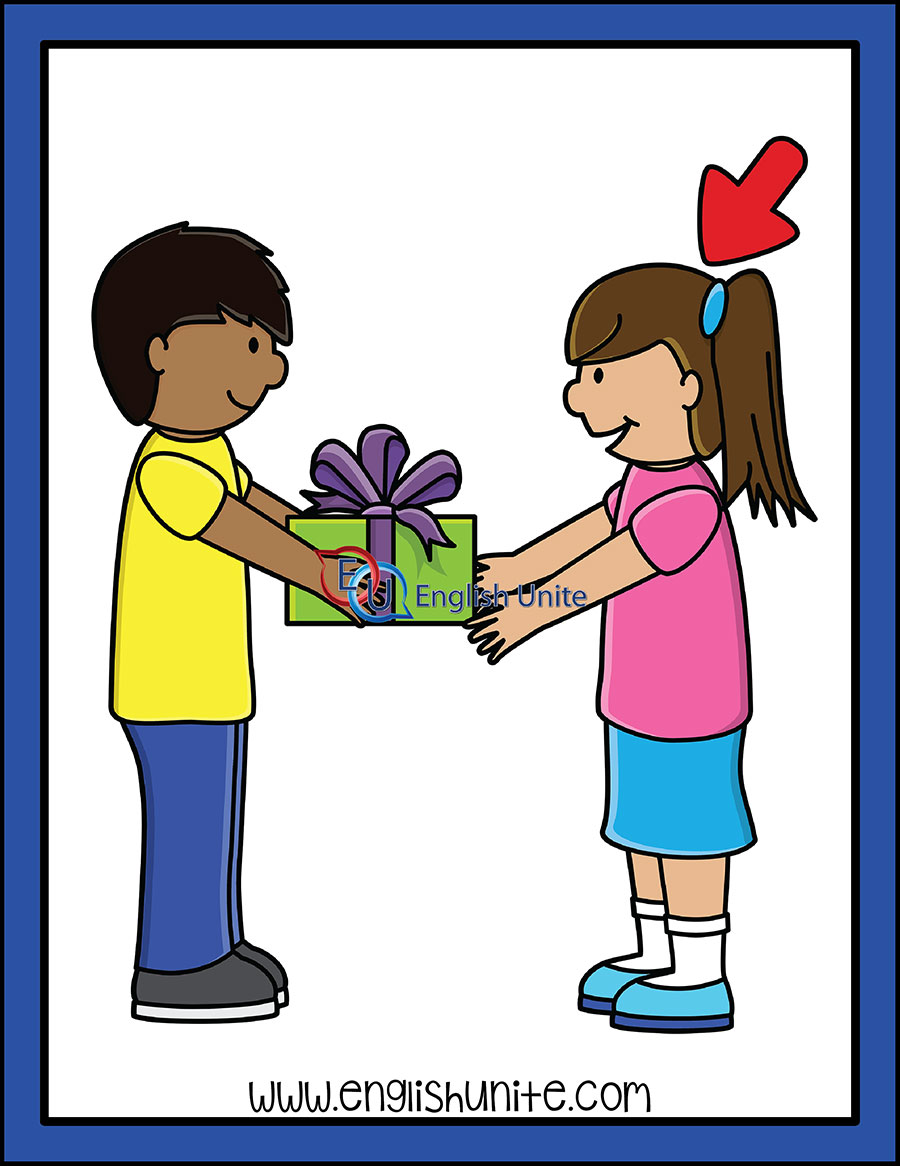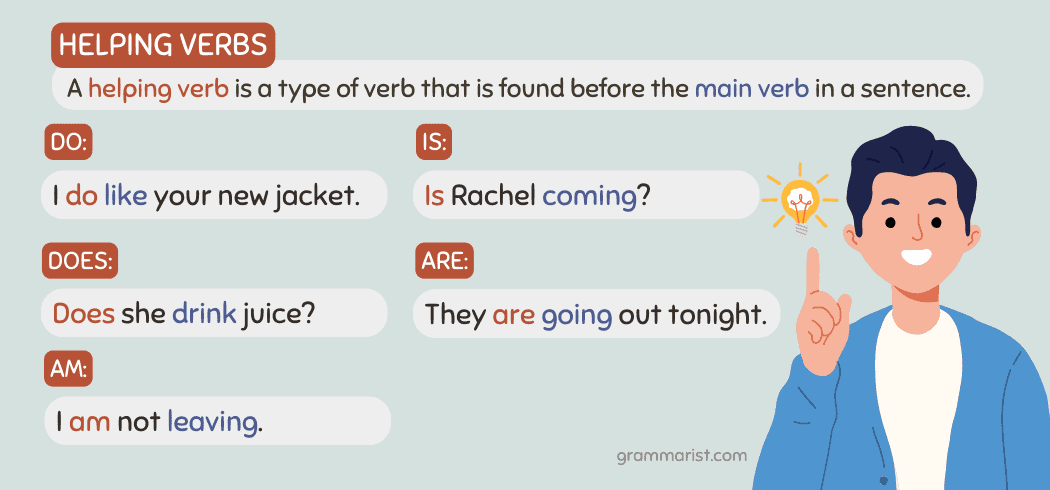Mastering Relationship Emails: Building Lasting Connections in Email Marketing
Introduction to Relationship Emails in Email Marketing
In the evolving landscape of email marketing, relationship emails have emerged as a cornerstone for brands looking to build authentic, lasting connections with their audience. Unlike promotional or transactional messages, relationship emails focus on trust, engagement, and long-term loyalty, rather than immediate sales. Their purpose is to deliver consistent value to subscribers, fostering a sense of belonging and credibility that translates into increased engagement and lifetime customer value [1] [2] [3] .
What Are Relationship Emails?
Relationship emails are crafted with the intention of nurturing the bond between a business and its subscribers. These messages are highly personalized, non-promotional, and tailored to the recipient’s interests and interactions. By prioritizing genuine dialogue over sales pitches, relationship emails help brands establish credibility, foster loyalty, and maintain consistent communication [2] .
Key characteristics of successful relationship emails include:
- Non-promotional content : Focus on adding value, not pushing products.
- Personalization : Tailor messages to individual preferences and behaviors.
- Consistency : Maintain regular, predictable communication without overwhelming the recipient.
- Educational or entertaining value : Provide content that informs, inspires, or delights.
Examples include newsletters, company updates, welcome sequences, surveys, feedback requests, and customer support outreach [1] .
Benefits of Using Relationship Emails
Brands that implement relationship email strategies enjoy a variety of advantages. By focusing on relationship-building rather than direct sales, companies can expect:
- Increased customer loyalty : Subscribers feel valued, resulting in higher retention rates [3] .
- Higher engagement : Personalized, relevant content encourages recipients to open, read, and respond to messages.
- Improved brand perception : Non-promotional communication signals authenticity and care, enhancing trust.
- Greater customer lifetime value : Engaged customers are more likely to make repeat purchases over time [2] .
According to industry studies, email marketing remains more effective than social media for customer retention and relationship-building, highlighting the importance of a well-executed relationship email strategy [3] .
Types of Relationship Emails and Their Roles
Relationship emails come in many forms, each serving a unique purpose in the customer journey. Understanding when and how to use them is critical for maximizing impact:
Welcome Emails
These are the first point of contact after a user joins your list. A welcome email sets the tone, introduces your brand, and provides helpful information or incentives. To implement, automate a series that thanks the subscriber, outlines what to expect, and invites them to engage further. For example, many companies successfully use personalized welcome sequences to increase engagement in the first week of subscription [1] .
Newsletters and Company Updates
Regular newsletters keep your subscribers informed about industry news, company milestones, new content, or upcoming events. The key is to provide value-for instance, sharing insights, tips, or exclusive stories rather than product pitches. Consistency is crucial, but so is relevance; segment your audience and tailor content accordingly.

Source: helpguide.org
Surveys and Feedback Requests
Inviting feedback through surveys demonstrates that you value subscribers’ opinions and want to improve their experience. These emails should be concise, respectfully request participation, and explain how the input will be used. For best results, offer a small incentive or express clear gratitude for their time [2] .
Customer Support and Educational Content
Proactive support emails, such as troubleshooting guides or how-to videos, help users get the most from your products or services. Educational content, like tips or tutorials, not only solves problems but also positions your brand as an expert resource.
Event Invitations and Community Engagement
Relationship emails are ideal for inviting subscribers to webinars, workshops, or community initiatives. These emails should highlight the benefits of attending and foster a sense of belonging.
Step-by-Step Guide to Creating Effective Relationship Emails
1. Define Your Audience and Objectives
Start by segmenting your list based on demographics, interests, purchase history, or engagement level. Define clear objectives for each campaign-such as increasing engagement, gathering feedback, or nurturing new subscribers.
2. Craft Personalized, Value-Driven Content
Use subscriber data to personalize subject lines, greetings, and content. Focus on topics that address your audience’s needs or challenges. Avoid overt sales language; instead, offer insights, resources, or stories that resonate.
3. Maintain a Consistent Schedule
Set expectations by communicating how often subscribers will hear from you. Stick to this schedule to build reliability, but monitor engagement rates to ensure you’re not overwhelming your audience.
4. Encourage Two-Way Communication
Invite responses by asking questions, seeking feedback, or encouraging social sharing. Make it easy for subscribers to reach your support team or provide input.
5. Monitor, Measure, and Optimize
Track metrics such as open rates, click-throughs, and replies. Analyze which topics and formats generate the most engagement. Use A/B testing to refine subject lines, content, and delivery times.
Practical Examples and Real-World Applications
Consider these examples from leading industries:
- Ecommerce : A weekly newsletter featuring shopping tips, customer stories, and exclusive previews, rather than product discounts.
- Financial Services : Educational emails explaining new regulations or investment strategies, building trust and authority.
- Food Service : Sharing recipes, kitchen tips, or behind-the-scenes stories, fostering a personal connection with subscribers [3] .
Brands often automate these communications using email marketing platforms, enabling timely, personalized outreach at scale. Consider integrating your customer relationship management (CRM) system for deeper personalization and segmentation.
Overcoming Common Challenges
The most frequent hurdles in relationship email marketing include:
- Maintaining relevance : Use segmentation and behavioral data to keep content fresh and targeted.
- Avoiding inbox fatigue : Balance frequency and value; don’t overwhelm your audience.
- Personalization at scale : Leverage automation tools and dynamic content blocks for efficient customization.
- Measuring impact : Focus on engagement metrics and direct feedback rather than just sales conversions.
If you encounter low engagement, consider surveying your audience or testing new content formats. Always provide a clear and easy way for subscribers to update their preferences or unsubscribe if desired.
Alternative Approaches and Best Practices
While relationship emails are highly effective, they work best as part of a broader, omni-channel engagement strategy. Consider integrating your email efforts with social media, SMS, and personalized web experiences for a unified customer journey.
For businesses unsure where to start, begin by mapping your customer lifecycle and identifying key touchpoints for relationship-building emails. Test various formats and measure results to determine what resonates best with your audience.
If you need help setting up or optimizing your relationship email strategy, you may consult with reputable email marketing platforms or agencies. To find trusted providers, search for reviews of leading email marketing services on established tech comparison sites or visit the official websites of well-known vendors for detailed resources and contact information.

Source: elabftw.depauw.edu
Summary and Key Takeaways
Relationship emails offer a powerful way to connect with customers on a deeper level, driving loyalty, engagement, and long-term value. By prioritizing authenticity, personalization, and ongoing dialogue, brands can transform their email marketing from transactional to relational, setting the foundation for sustainable growth.
To get started, define your audience and objectives, deliver consistent value, and continuously optimize your approach based on feedback and data. For more information and practical resources, consider searching for case studies, best practice guides, and user reviews from established email marketing industry sources.
References
MORE FROM eboxgo.com
